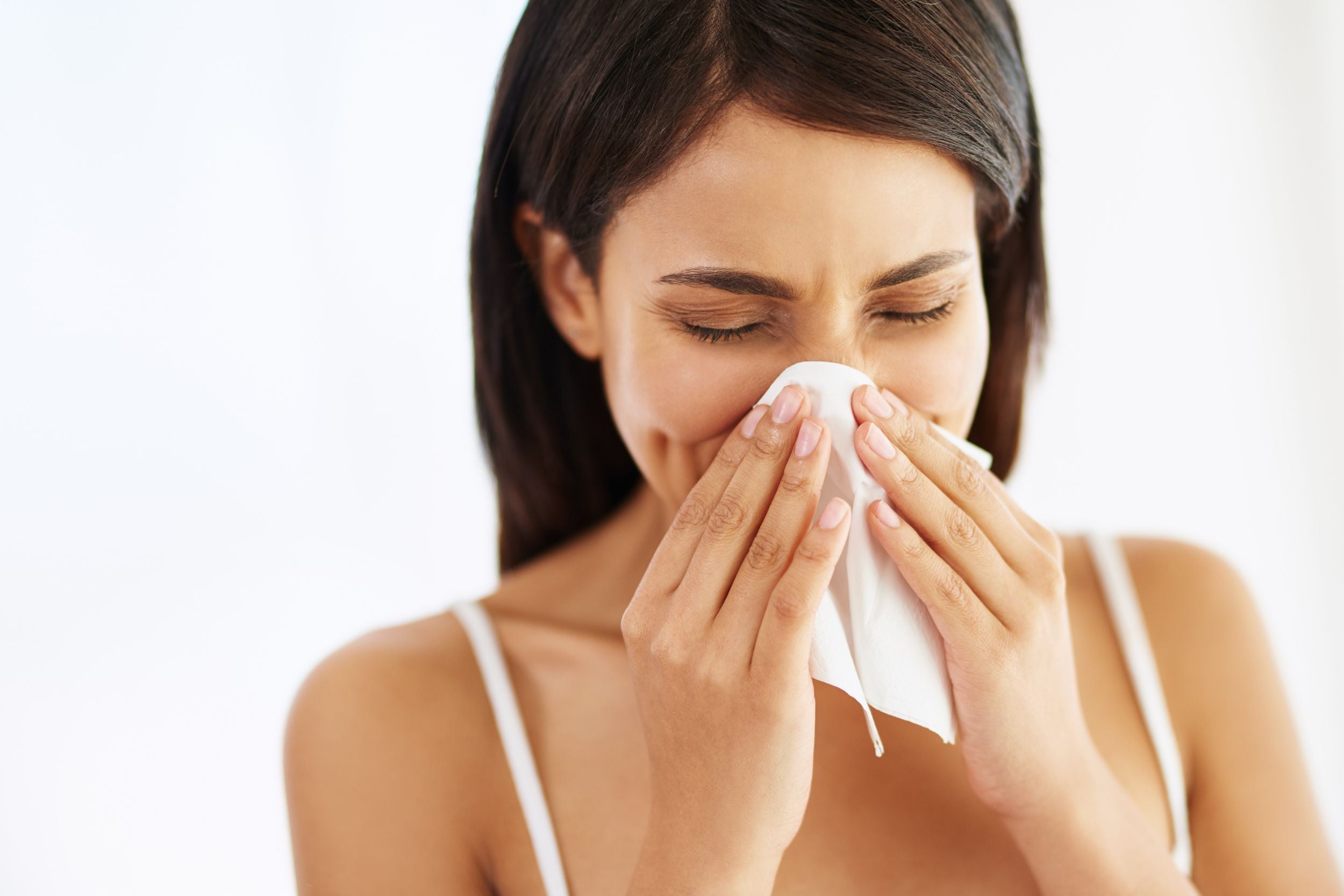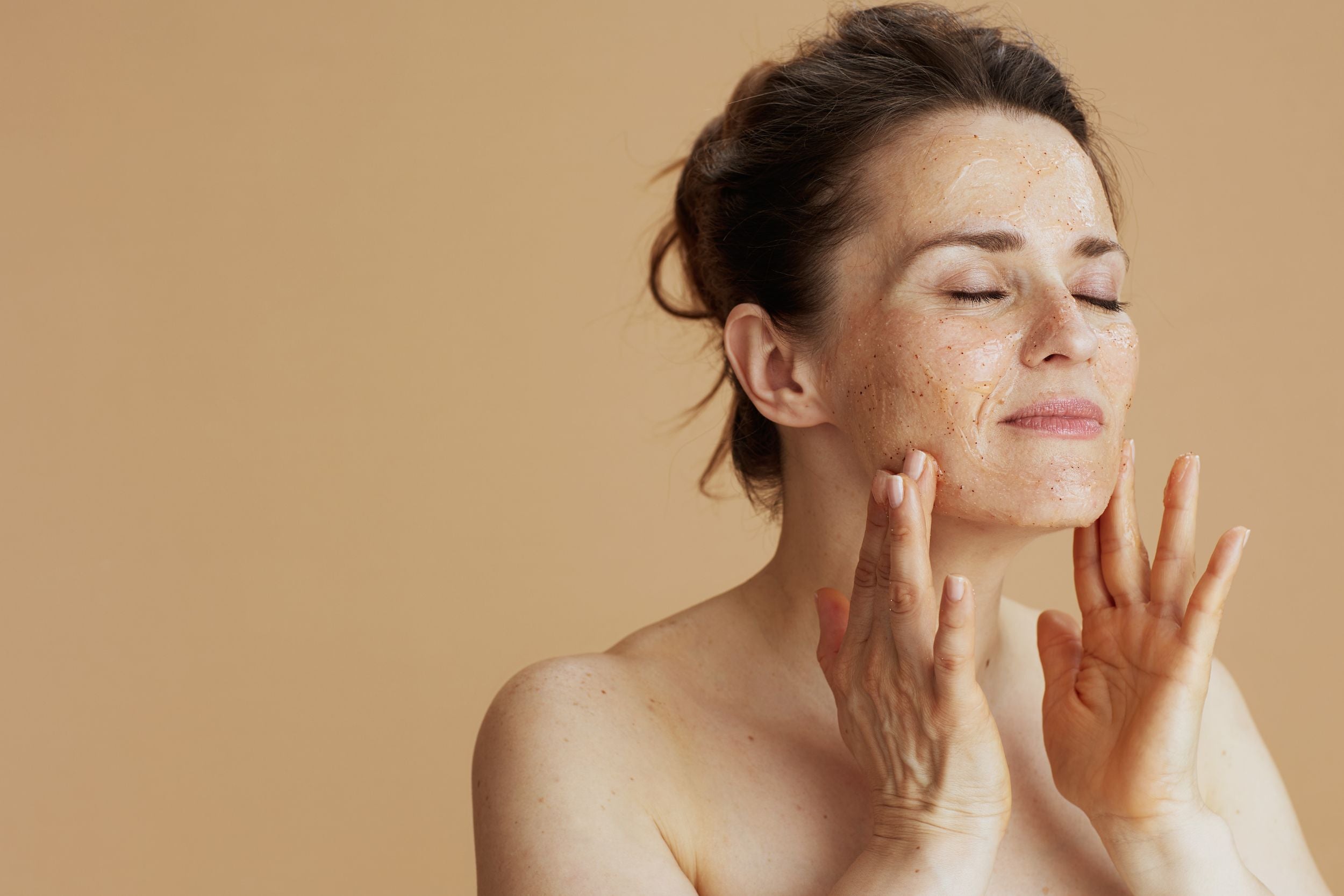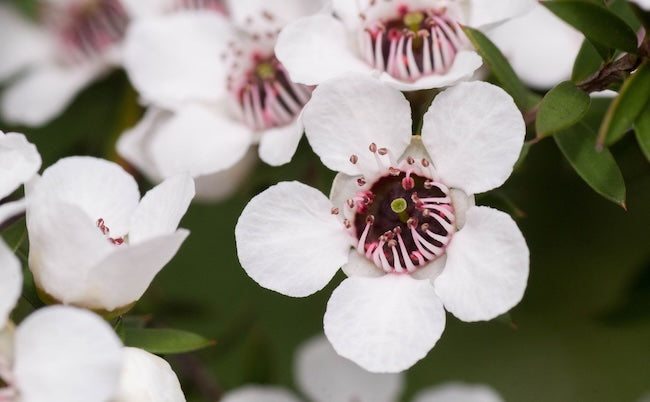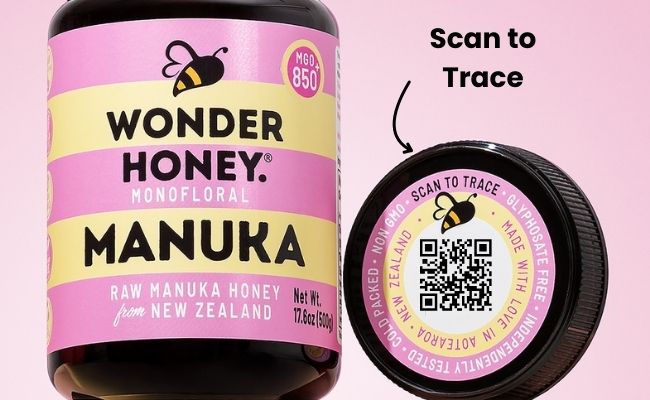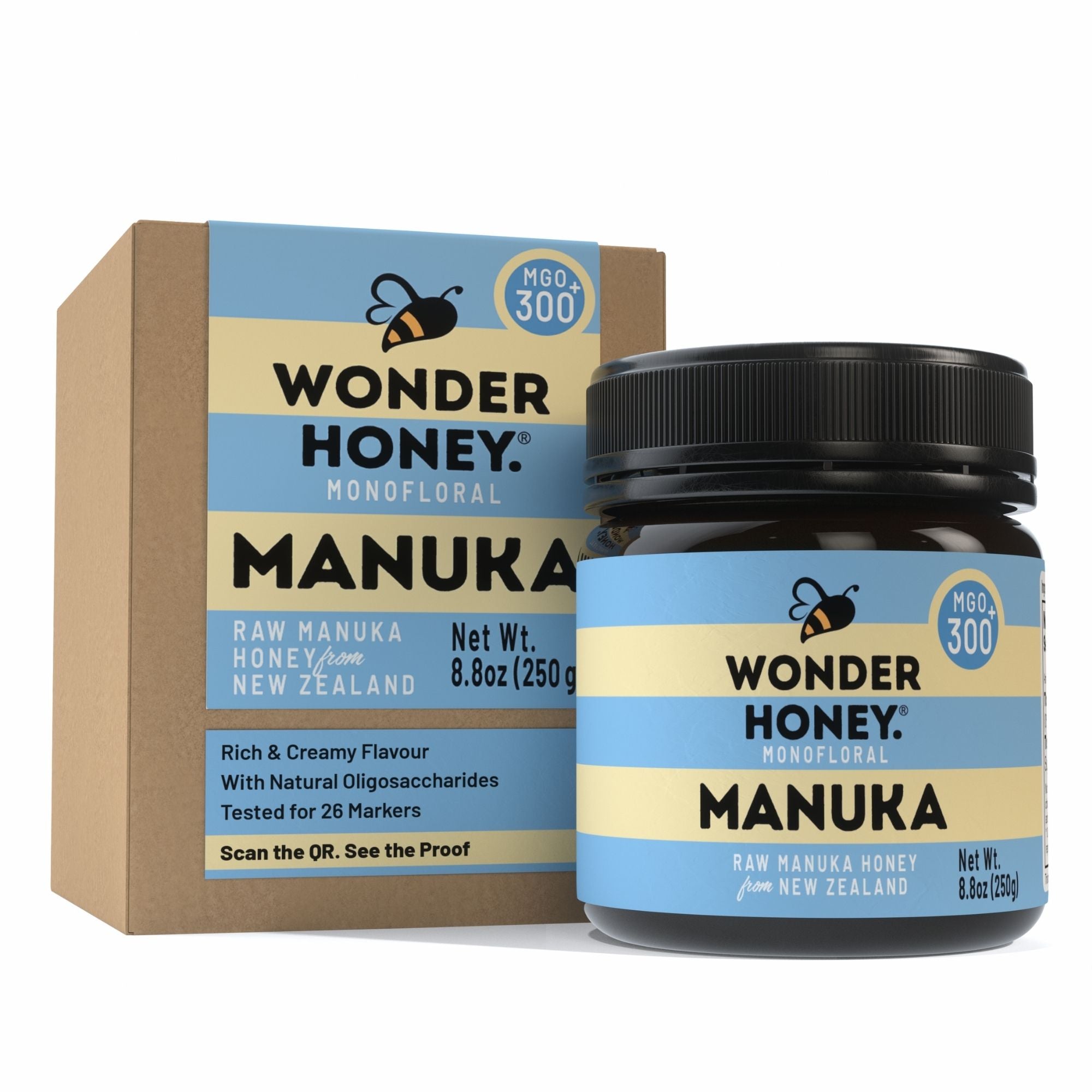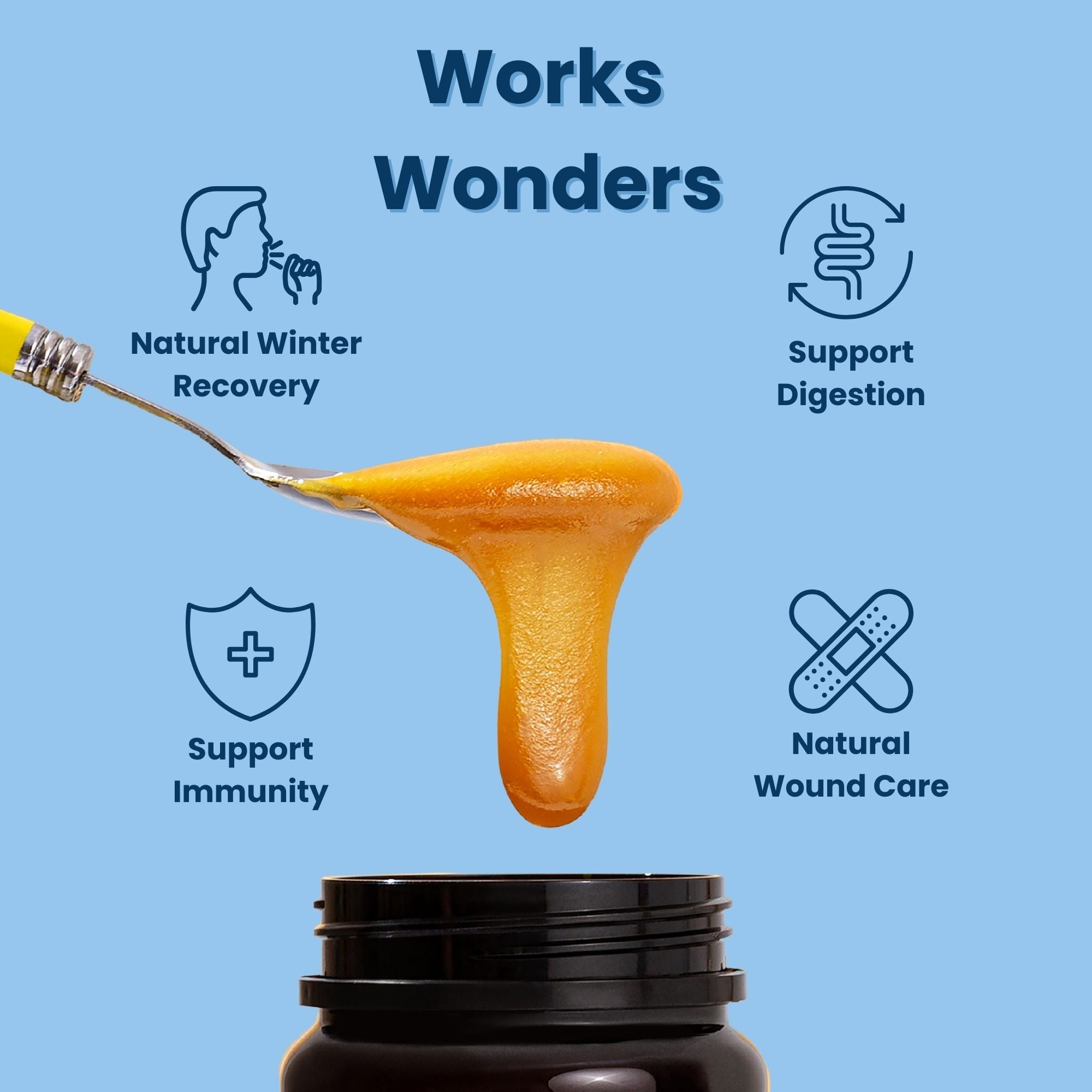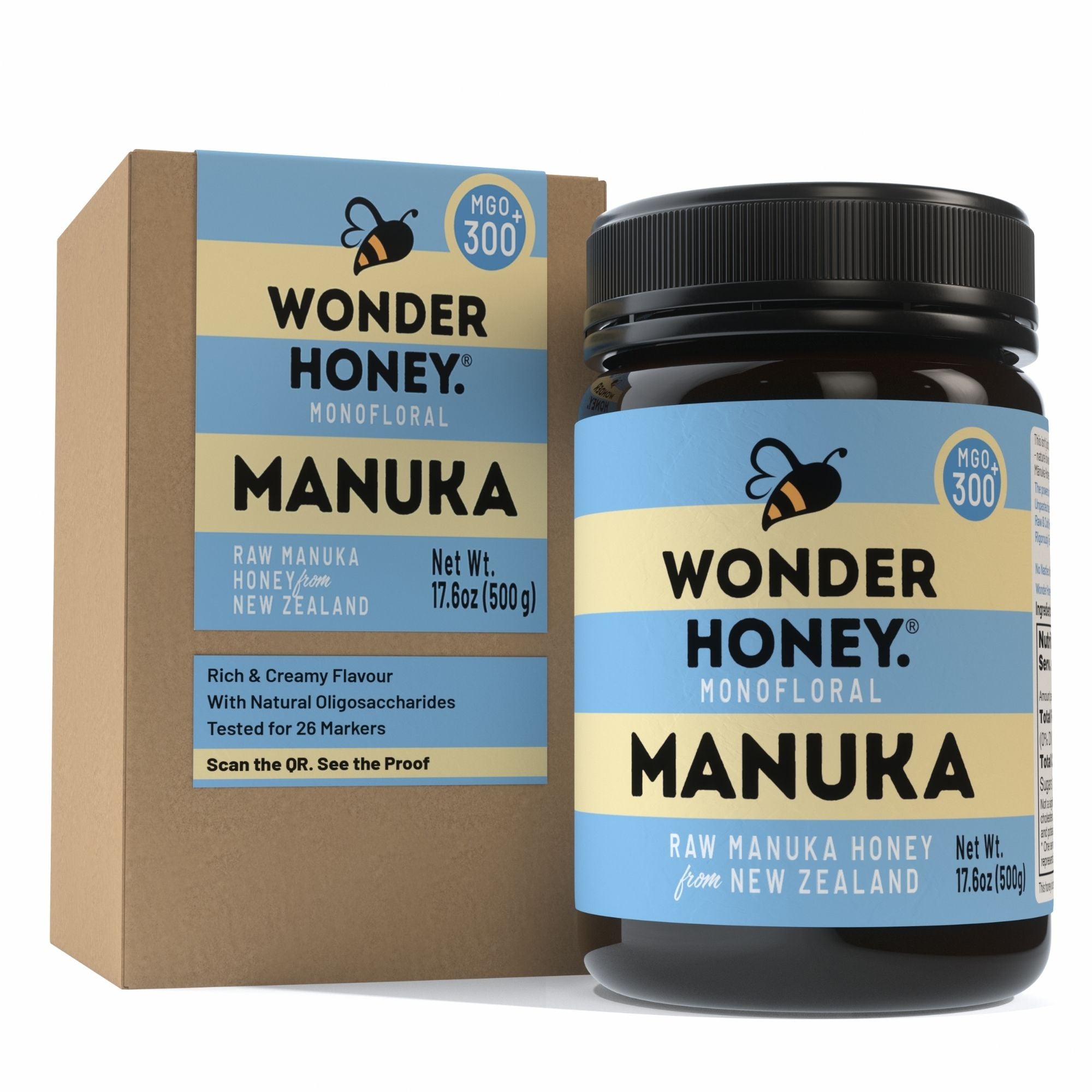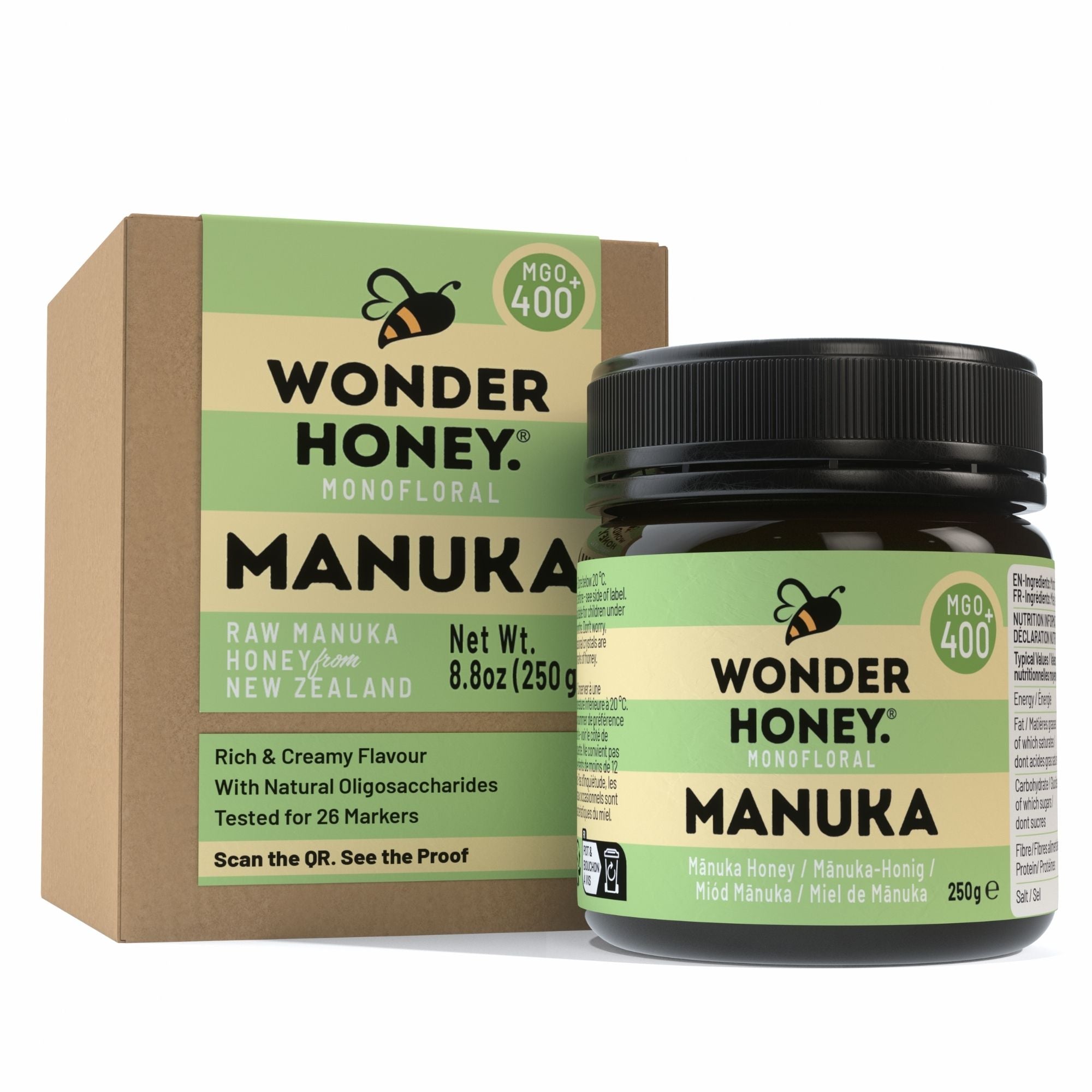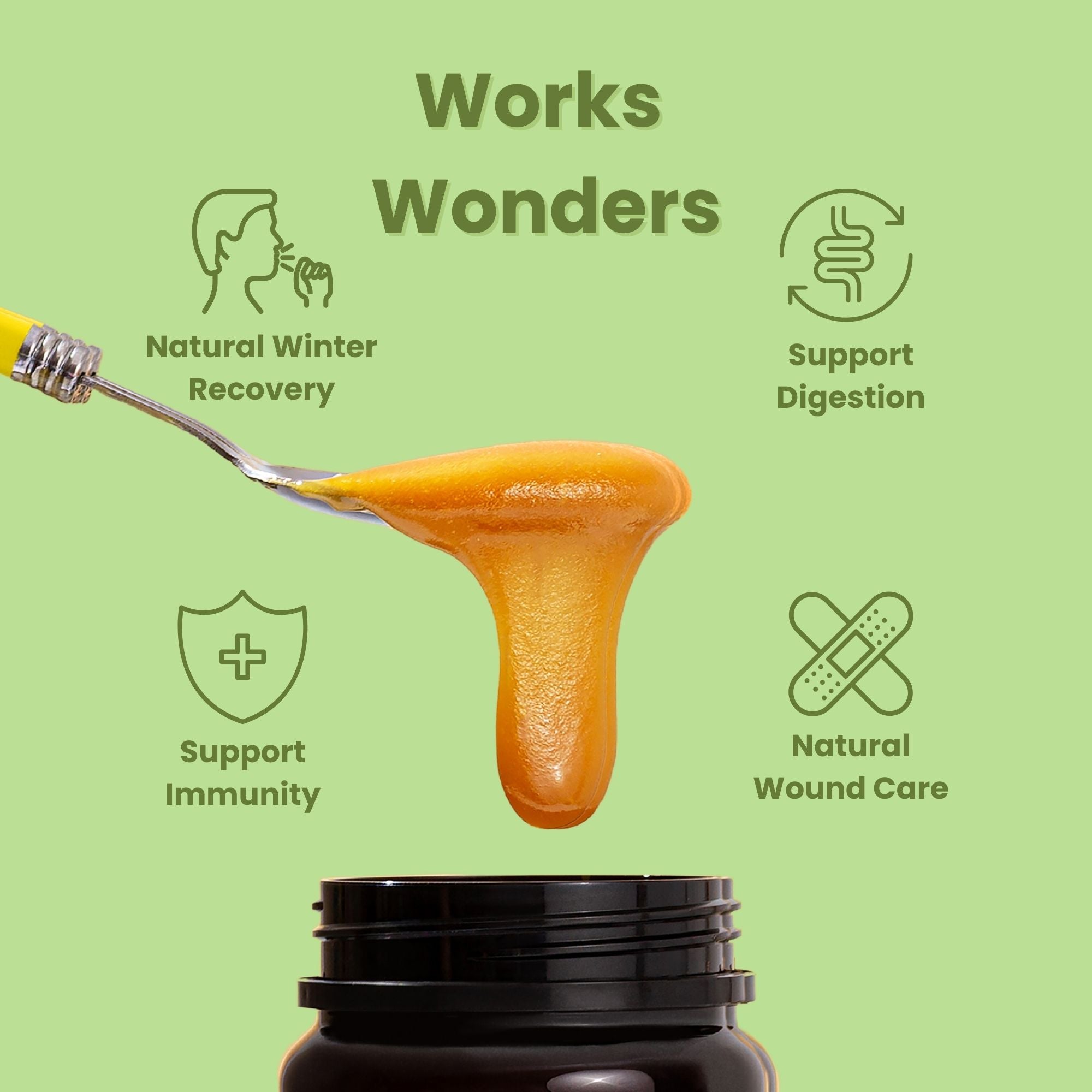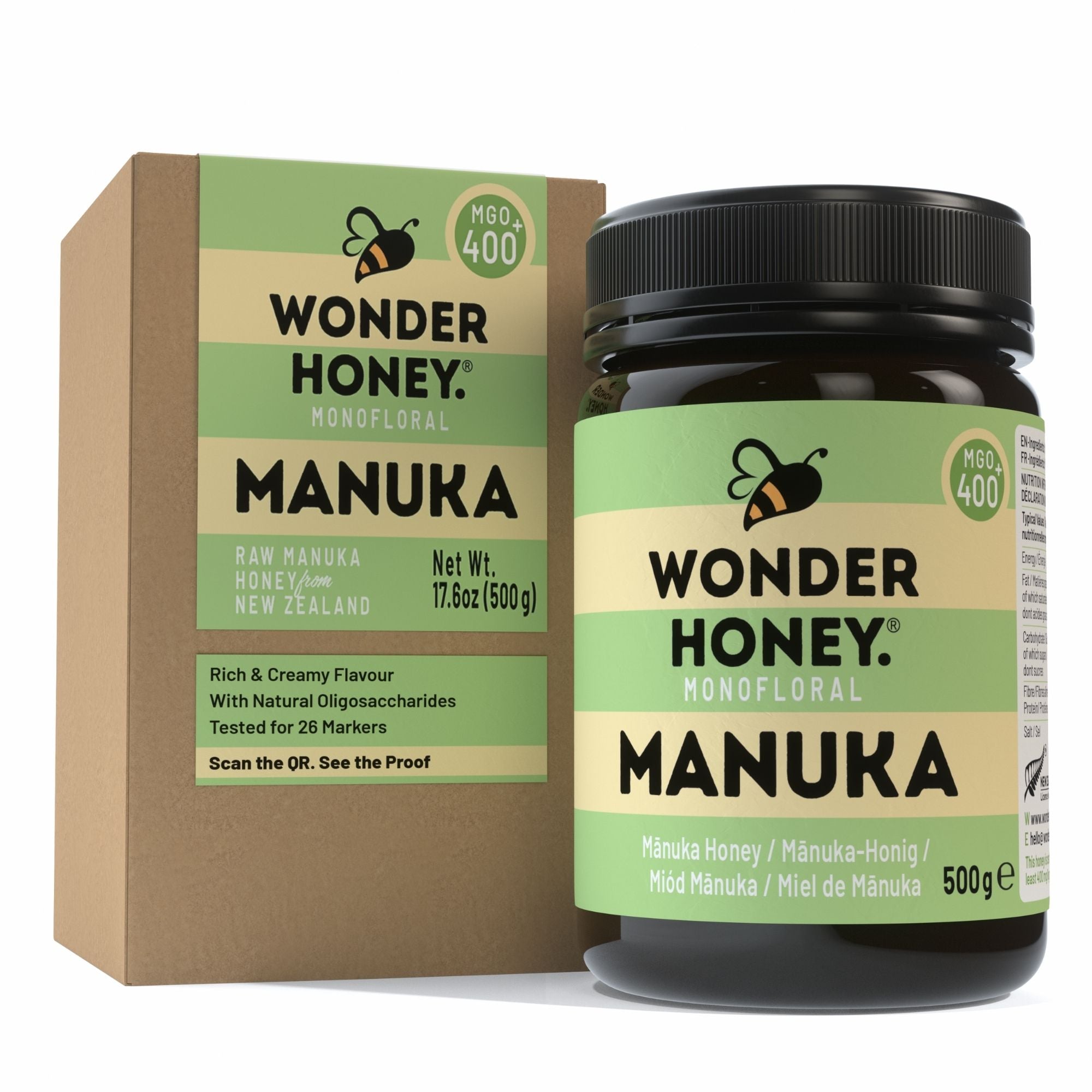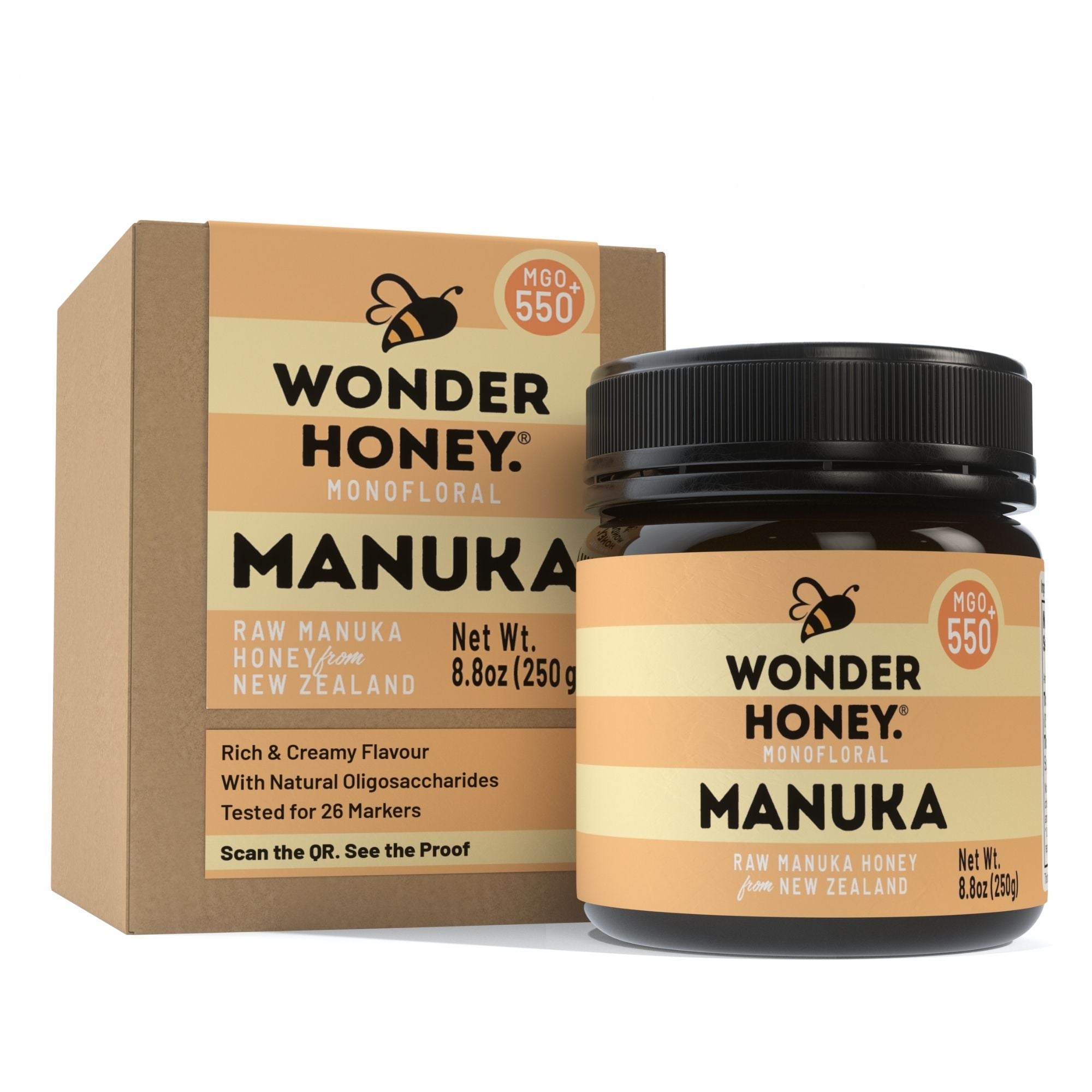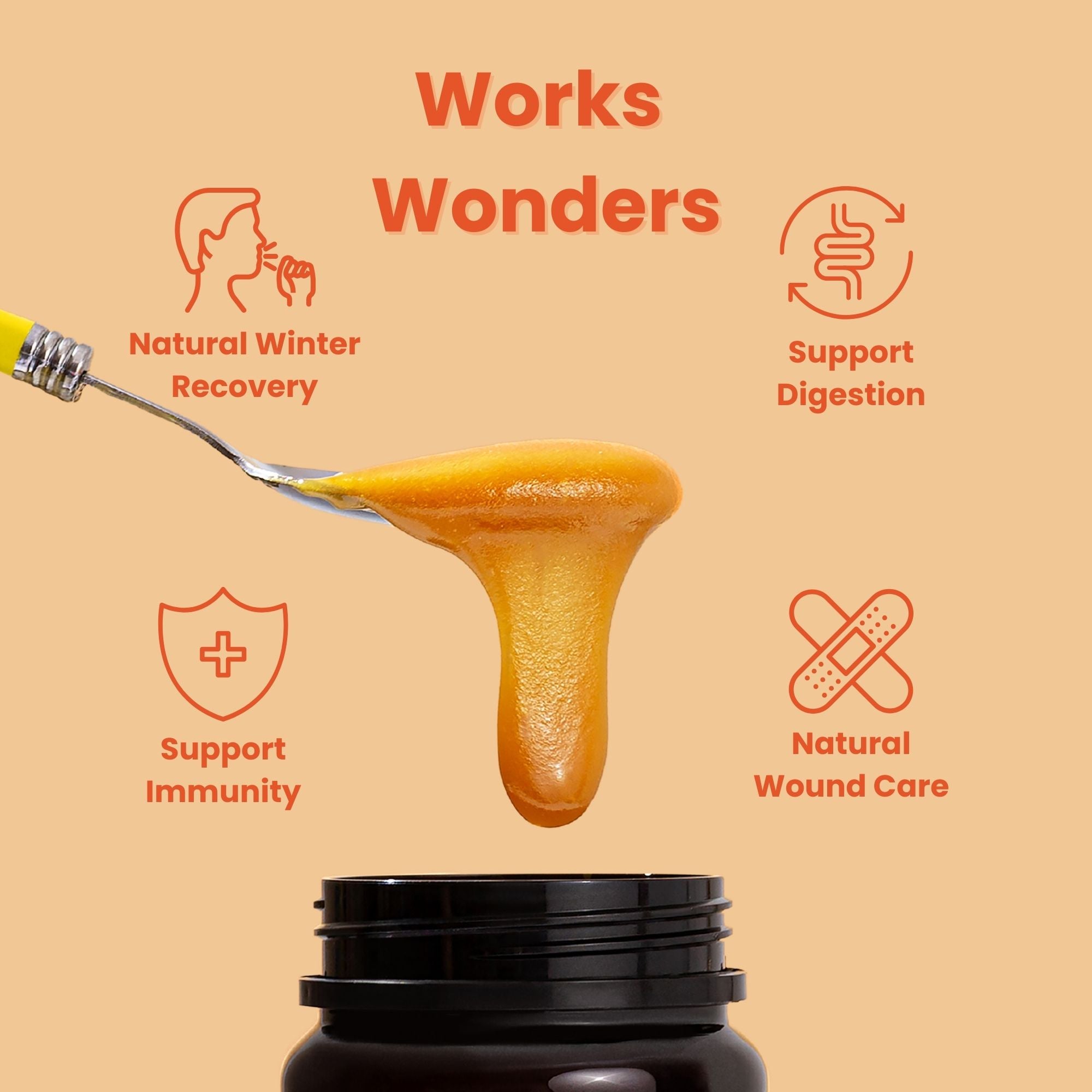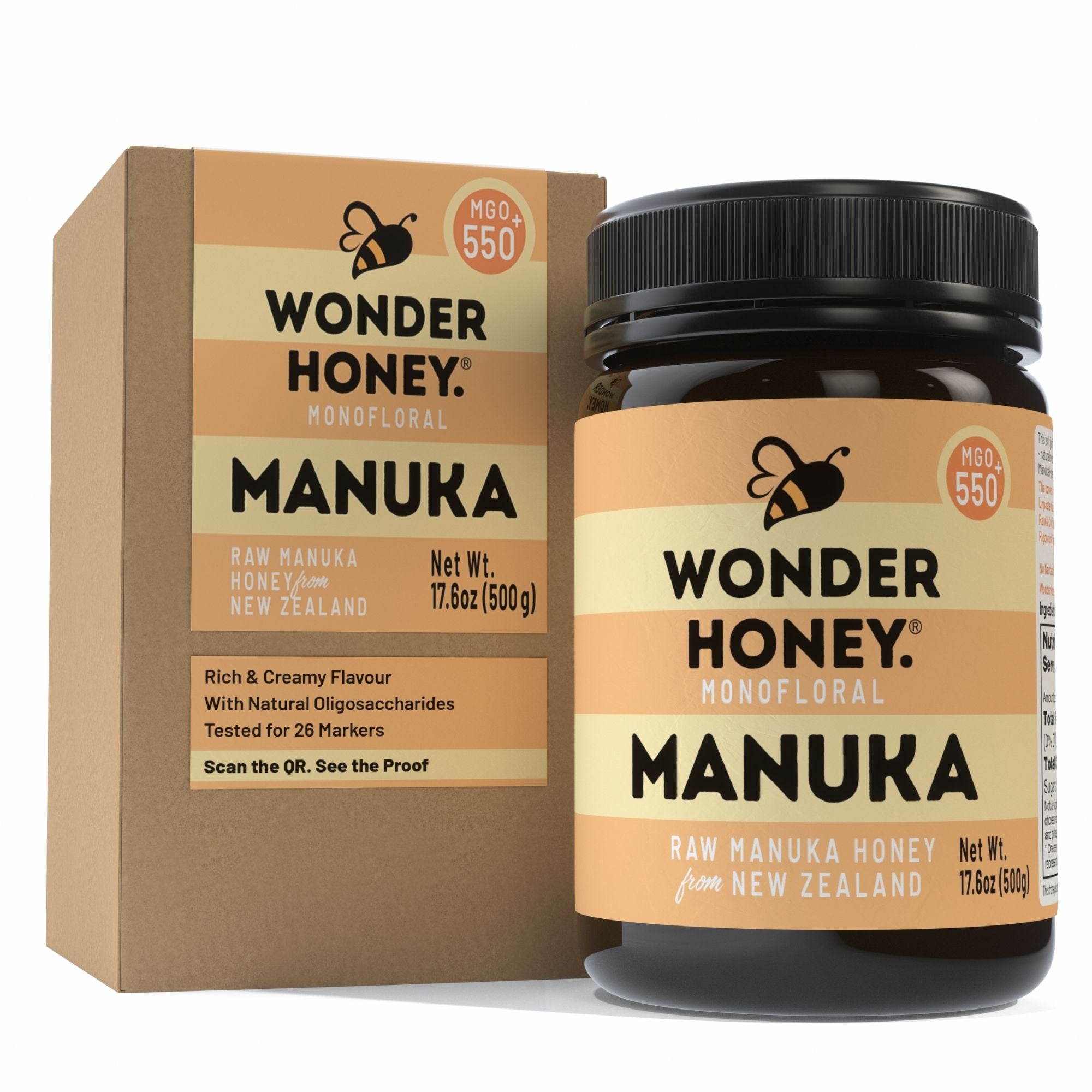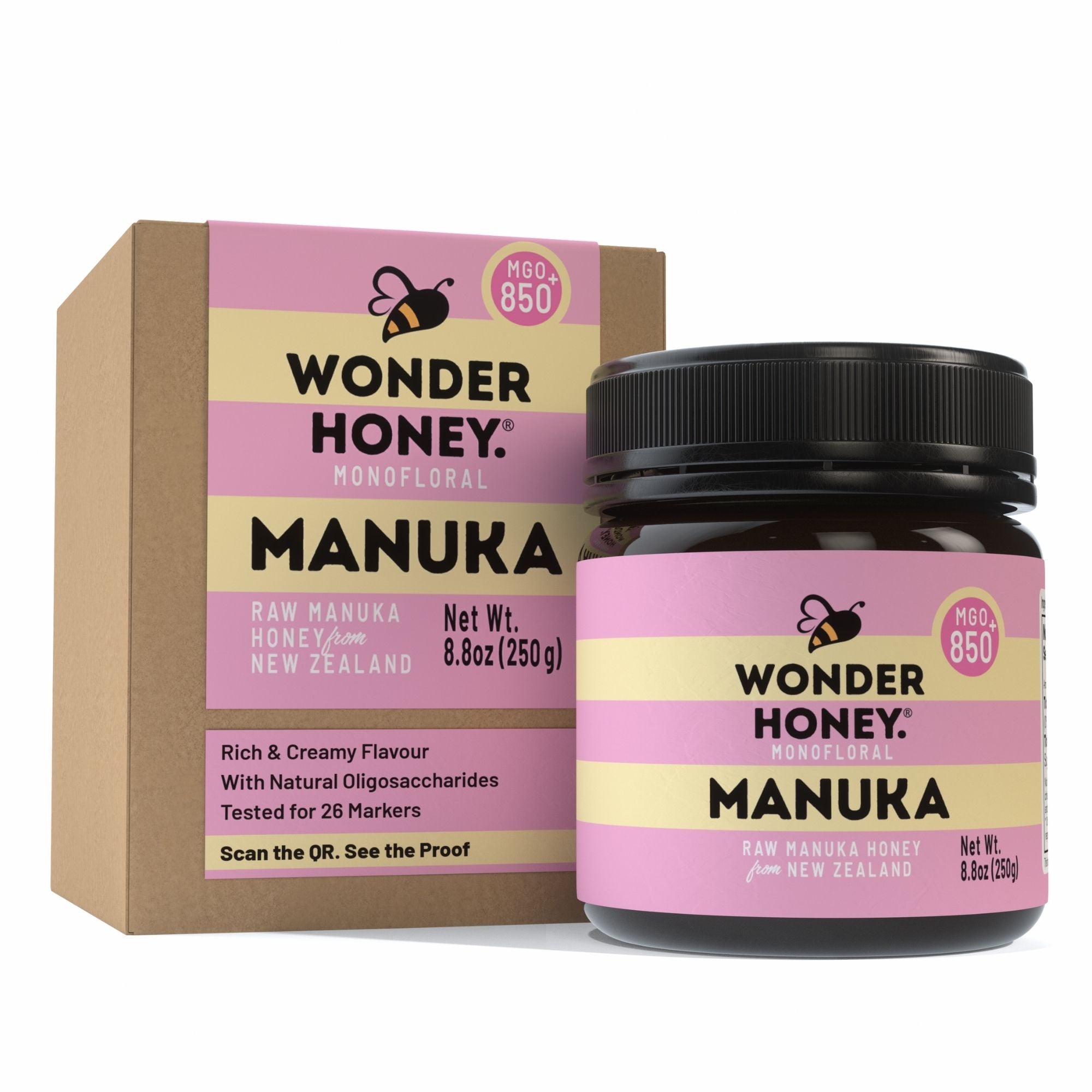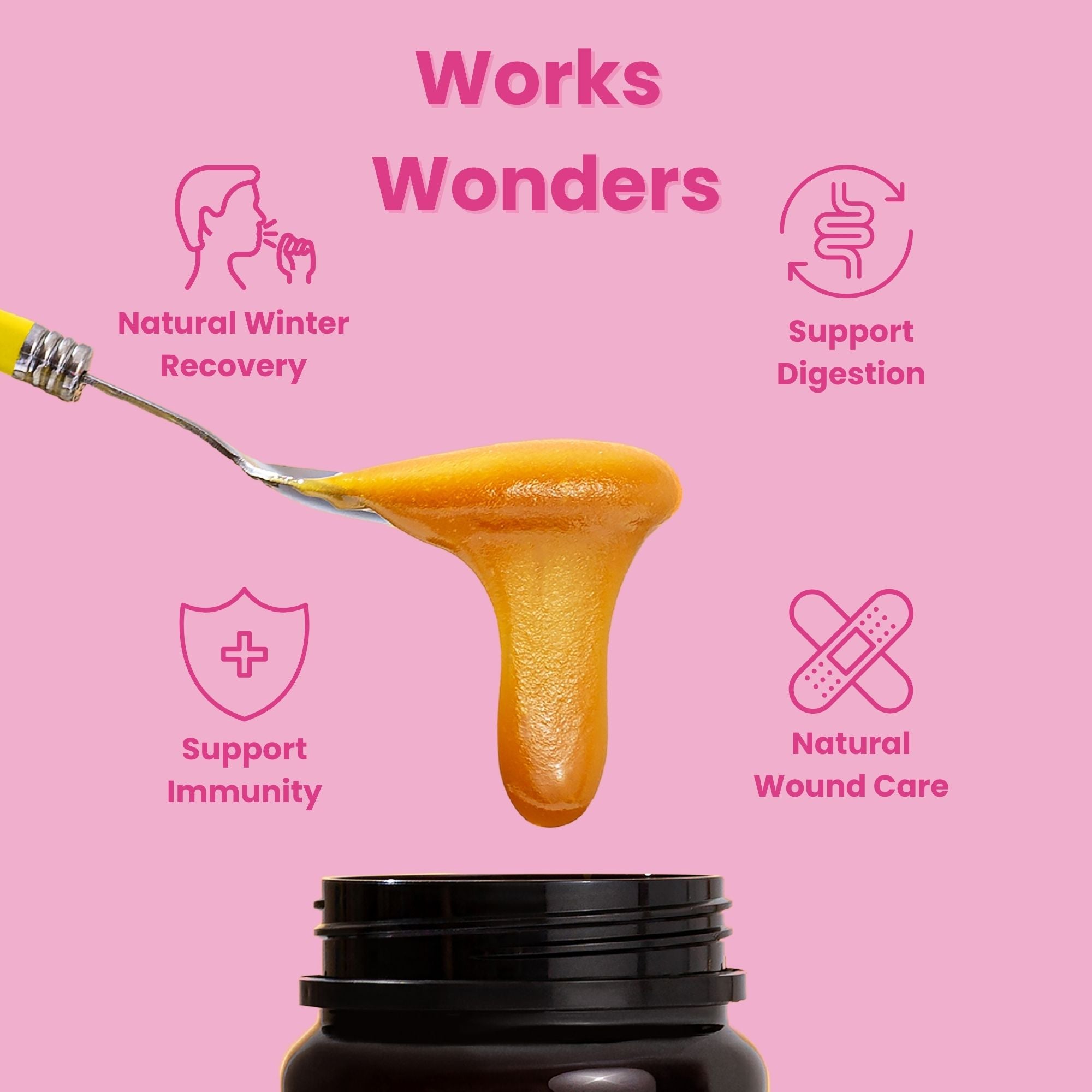Manuka Honey: A Unique Natural Remedy
Manuka honey, derived from the nectar of the New Zealand native Manuka tree, is renowned for its exceptional antibacterial and antimicrobial properties. The key compound responsible for these benefits is methylglyoxal (MGO). This potent honey offers a natural solution for various ailments, including skin conditions, wounds, digestive issues, and respiratory infections.
The Science Behind Manuka Honey
While most honeys contain hydrogen peroxide, which contributes to their antibacterial properties, Manuka honey stands out due to its unique Non-Peroxide Activity (NPA). This additional antibacterial activity, caused by MGO, persists even after the hydrogen peroxide diminishes.
To ensure quality and authenticity, various grading systems have been developed, including UMF™ and MGO. While UMF™ considers multiple markers, MGO is widely recognized as the most reliable and accurate method for measuring the honey's potency. By understanding these grading systems, consumers can make informed choices when purchasing Manuka honey.
Wonder Honey Testing
Wonder Honey tests for everything that the NZ government and UMF™ association tests for and more, so you can be sure you are getting the best quality Manuka on the market today.
We just do it without charging you higher prices, like other UMF™ brands do to recover the UMF™ royalty fees

